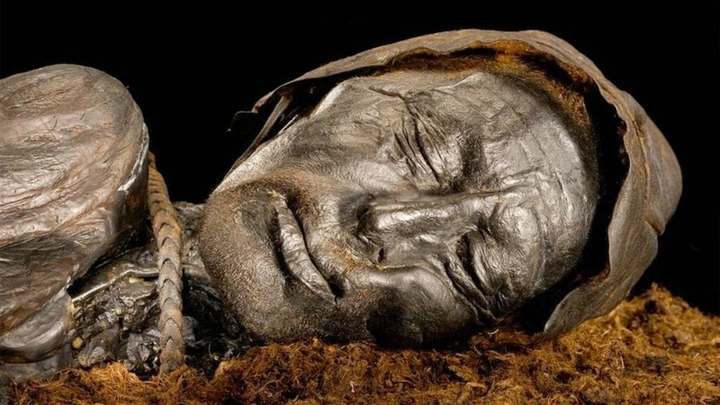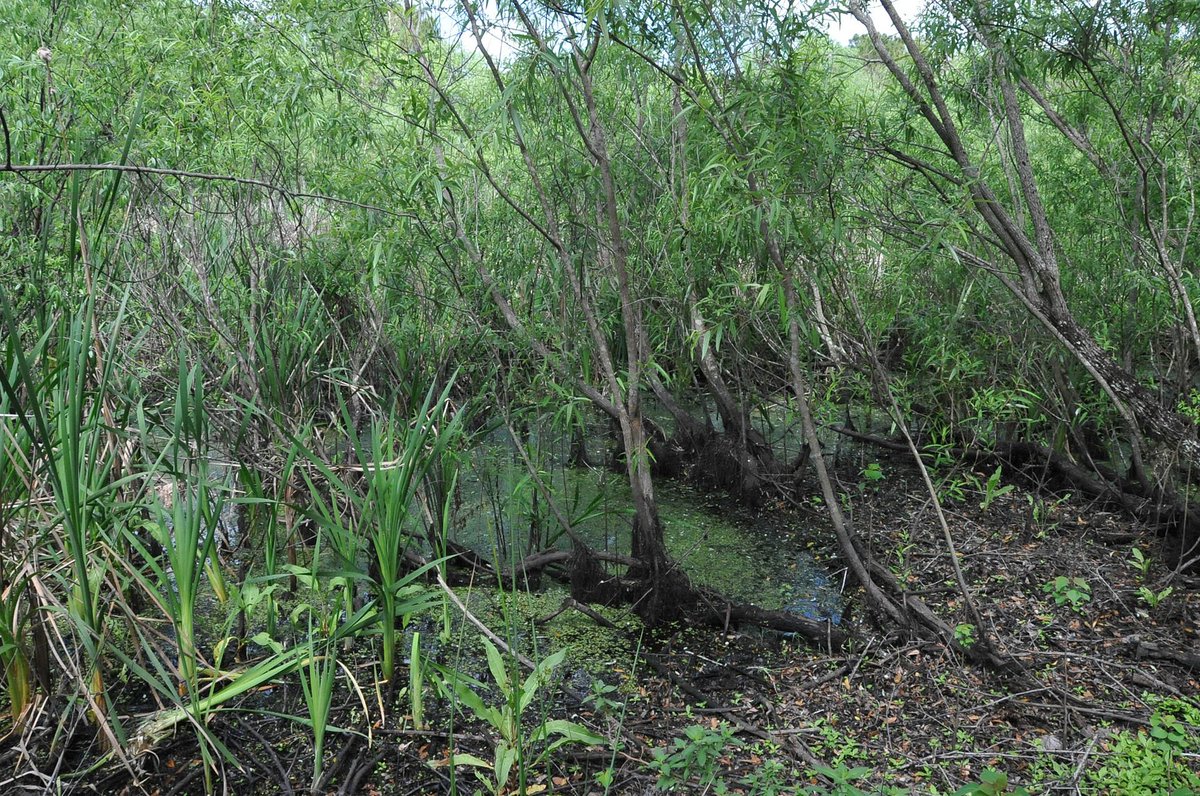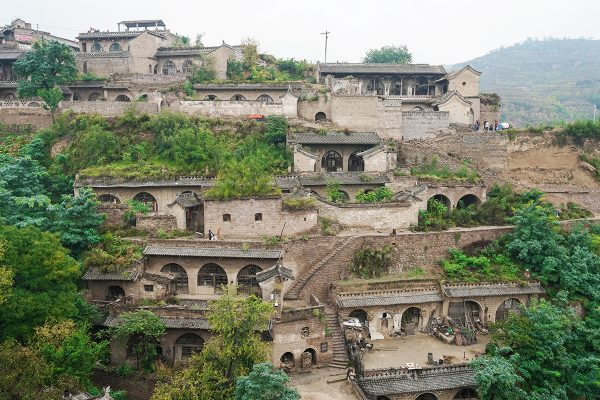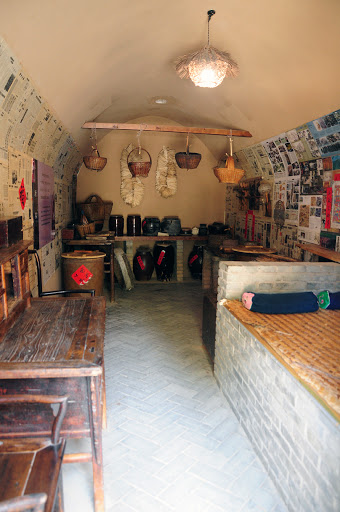Bob Jones University? Oh, no, you misheard me.
I went to Bog Jones University, where we studied under the tutelage of the 2400-year-old mummified corpse of Tollund Man, found in a peat bog in Silkborg, Denmark.
I went to Bog Jones University, where we studied under the tutelage of the 2400-year-old mummified corpse of Tollund Man, found in a peat bog in Silkborg, Denmark.
Bog bodies are weird.
Peat bogs have acidic water, low temperature, and no oxygen.
The end result is that the skin gets effectively preserved and tanned, so instead of the corpse decaying, it can just stay intact for millennia.
Peat bogs have acidic water, low temperature, and no oxygen.
The end result is that the skin gets effectively preserved and tanned, so instead of the corpse decaying, it can just stay intact for millennia.
Bog bodies sometimes get the police called on them because people think they're a recent murder victim, only to discover that they've been dead for FOUR THOUSAND YEARS.
the case has gone very cold at that point. we may never bring their killers to justice.
The oldest one we have is Koelbjerg Man (aka Koelbjerg Woman, because for the first 75 years of having the partial skeleton scientists thought it was a woman).
They were able to date the pollen in the skull, and it turns out he was a member of the Maglemosian culture from ~8000BC
They were able to date the pollen in the skull, and it turns out he was a member of the Maglemosian culture from ~8000BC
that one is actually kinda off for a bog body, being just bones.
Normally bog bodies are kinda "deflated", because while the skin is preserved, the bones aren't.
Normally bog bodies are kinda "deflated", because while the skin is preserved, the bones aren't.
the acid of the peat bog dissolves the calcium phosphate of the bones, so instead of being a preserved "body", it's more like a preserved deflated-flesh-balloon
There's a couple theories as to why there are bog bodies. I mean, most of them don't seem to just be "someone happened to die in a bog" (although that is suspected to be the case with Koelbjerg Man).
A lot of them seem to have been beaten or tortured first, so it's theorized that it was some kind of punishment for criminals. They'd beat you up, hang you, and then dump you in the bog.
but some of them are wearing jewelry and such, and the bodies are carefully arranged... so those are theorized to be some kind of human sacrifice.
Because if you don't have a volcano to throw virgins into, the next best thing is a bog.
Because if you don't have a volcano to throw virgins into, the next best thing is a bog.
an unfun thing about the bog bodies is that they're really only preserved because they're in unmoving acidic water with no oxygen.
As soon as you dig them up, they start decaying, like any corpse does.
As soon as you dig them up, they start decaying, like any corpse does.
So while there may have been as many as 2000 bog bodies discovered in the 20th century, by 1979 only 53 of them still existed in any preserved sense.
"may have been" is doing a lot of work there.
Alfred Dieck did a lot of work in categorizing bog bodies and built a catalog of all the ones that had been found, but... he didn't exactly have the highest standards of evidence for them.
Alfred Dieck did a lot of work in categorizing bog bodies and built a catalog of all the ones that had been found, but... he didn't exactly have the highest standards of evidence for them.
a lot of bog bodies are included in the catalog because someone said a bog body was found in 1953 or whatever and there's no evidence or other documentation.
So it's likely he was just wildly wrong about most of the ones he cataloged.
So it's likely he was just wildly wrong about most of the ones he cataloged.
But people have been discovering bog bodies for a long time... probably as far back as the iron age, since peat is a handy fuel, and harvesting peat is usually how you run into bog bodies.
The earliest documented bog body is from 1640!
The earliest documented bog body is from 1640!
they didn't really figure out that the bog bodies were old until the 18th century, though. Generally they assumed they were recent deaths.
Rendswühren Man man was discovered in 1871, and they examined him by giving him an autopsy (he'd been dead since around 50 AD).
They then realized he was ancient and wanted to preserve the body, so they... smoked it.
They then realized he was ancient and wanted to preserve the body, so they... smoked it.
apparently cold-smoking meat preserves it relatively well, because it adds chemicals that keep microbes from decomposing it.
But still, that's fucking weird. I'm half expecting to read that another bog body was dug up and they tried to preserve it by cooking it into a pie.
But still, that's fucking weird. I'm half expecting to read that another bog body was dug up and they tried to preserve it by cooking it into a pie.
Not all bogs are good for preserving bodies, so most of the ones we have come from a couple countries in western Europe. Denmark, Germany, and Ireland have a bunch, for example. You basically need a saltwater bog with poor drainage and cold temperatures.
There are some partial ones from Florida, though.
They're in Windover pond, which has a bunch of peat at the bottom of the pond.
They're in Windover pond, which has a bunch of peat at the bottom of the pond.
When the people were buried (at least 168 of them), the pond was above the water level and was very shallow. Since then the water level rose and now it's a more normal pond, but since the bodies had already been preserved under the peat, they stayed there until 1982.
They were found when they were building a road for a new housing development. A backhoe dug up a bunch of skulls, and they called the police... and eventually discovered they'd been dead for around seven millennia.
They think the site was used for over a hundred years, so it probably was just a family/tribe burial site rather than any kind of human sacrifice/criminal punishment thing.
although I always think it's important to point out: it's probably not like the ancient iron age people had some obsession with burying people in bogs.
it's just that those are the only ones we know about.
it's just that those are the only ones we know about.
They probably buried people in lots of other places, too...
just those bodies are long since decayed away to nothing or just a couple bone fragments.
just those bodies are long since decayed away to nothing or just a couple bone fragments.
it's like the whole idea of neolithic cave paintings.
It's almost certainly not that the people of 44,000 years ago were obsessed with painting in caves, it's just that everywhere else they painted has long since been worn away.
It's almost certainly not that the people of 44,000 years ago were obsessed with painting in caves, it's just that everywhere else they painted has long since been worn away.
it's a similar thing with the whole idea of "cave men".
Did people live in caves in the distant past?
Yes, certainly. People live in caves now.
Did people live in caves in the distant past?
Yes, certainly. People live in caves now.
but we found a lot of ancient artifacts and paintings and such in caves because they're still around.
If they left artifacts and paintings in a stone or wood house 50,000 years ago, it's probably gone by now.
If they left artifacts and paintings in a stone or wood house 50,000 years ago, it's probably gone by now.
By the way, a fun fact about "the cave men era"?
It's RIGHT NOW.
Both in terms of total number of humans living in caves and total percentage of humans living in caves, we believe RIGHT NOW is the most.
It's RIGHT NOW.
Both in terms of total number of humans living in caves and total percentage of humans living in caves, we believe RIGHT NOW is the most.
so feel free to make jokes and refer to "back in cave-man times" when you actually mean last week.
This is mainly because of China, btw.
A lot of people in the north of China live in Yaodongs, which are artificial caves.
You basically dig horizontally into a hillside, and it has the benefit of having a very stable temperature. So it's cool in the summer and warm in the winter.
A lot of people in the north of China live in Yaodongs, which are artificial caves.
You basically dig horizontally into a hillside, and it has the benefit of having a very stable temperature. So it's cool in the summer and warm in the winter.
There's a fun thing with temperatures and being underground that I learned in a meteorology class at university:
If you measure all the temperatures for a location all year long and average them, you'll get the same temperature as you'll get if you dig 6" down (15cm)
If you measure all the temperatures for a location all year long and average them, you'll get the same temperature as you'll get if you dig 6" down (15cm)
Because all the seasonal temperature variations only make it a few inches into the soil. Beyond that, it stays the same temperature, all year long.
So having a cave-house gives you the benefit of all the thermal mass of the hill.
It's the same temperature in the middle of summer as it is in the middle of winter.
It's the same temperature in the middle of summer as it is in the middle of winter.
So something like 30-40 million people in China live in yaodongs. They're usually pretty small, but they're sturdy and economical (and ecological: no need for AC/heating)
The place I grew up in was built into a hill like this too, but since it wasn't China sometime in the last 4000 years, but North Carolina in the 1920s, he decided to instead blast a hillside into a sort of stair-shape using a lot of surplus WW1 dynamite, then build a house there
so I grew up on a beautiful terraced farm and in a nice rock house, but with the warning from the property owners that "there's probably some unstable 60 year old dynamite around here somewhere, he wasn't the safest with the dynamite and lost some... as well as his hearing"

 Read on Twitter
Read on Twitter





